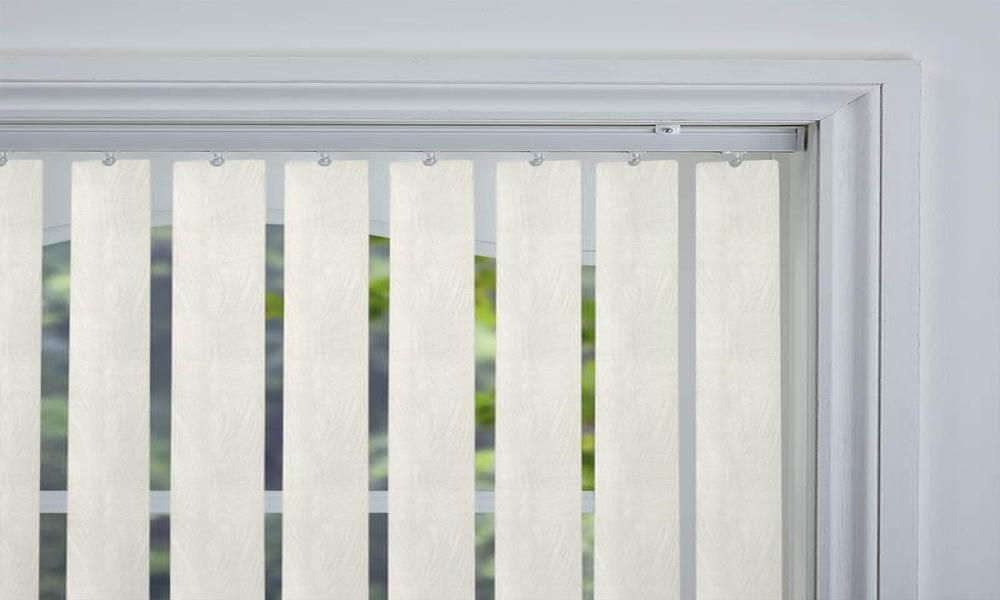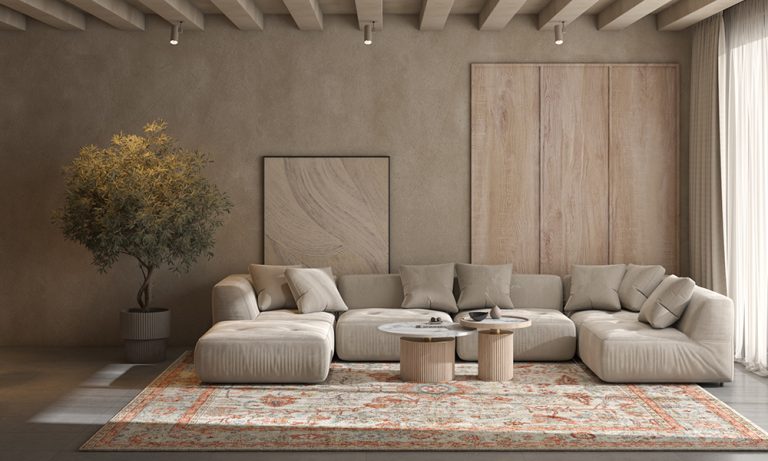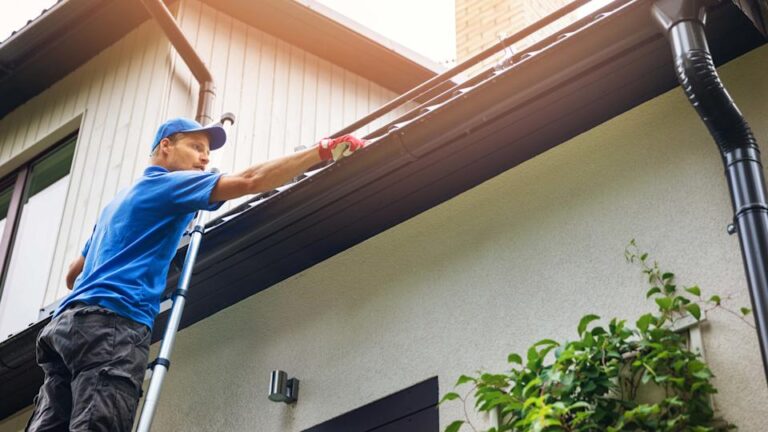
Are you in the market for new blinds but can’t decide between vertical blind or horizontal? Choosing the right type of blind can make all the difference in your home’s decor and functionality. Both types have their advantages, but which one is better suited to your needs? In this blog post, we’ll explore the features and benefits of both vertical and horizontal blinds so that you can make an informed decision. Let’s dive in!
Vertical Vs. Horizontal Blinds
When it comes to choosing blinds for your home or office, there are two main types of blinds to consider: vertical and horizontal. However, within each category, there are several different styles and materials to choose from.
Vertical blinds feature long slats that hang vertically from a track at the top of the window. They come in a variety of materials such as PVC, fabric, and aluminum. Fabric vertical blinds offer the most options when it comes to colors and patterns.
Horizontal blinds have slats that run horizontally across the window. They also come in various materials including wood, faux wood, aluminum, and vinyl. Wood horizontal blinds add warmth and elegance to any room while faux wood is more durable in high moisture areas like bathrooms.
Ultimately, choosing which type of blind will depend on your specific needs such as style preference or functional requirements such as privacy or light control.
Which One Should You Choose?
When choosing between vertical blinds and horizontal blinds, there are a few factors to consider. Your decision may depend on the size of your windows or the overall style you want to achieve.
Vertical blinds are typically better suited for larger windows or sliding glass doors. They provide easy access when you need to open and close them frequently, making them ideal for high-traffic areas. Plus, they have a sleeker appearance that can make your room feel taller.
Horizontal blinds work well in smaller spaces or rooms with traditional decor. They offer more control over light and privacy levels than vertical blinds because they can be adjusted at different angles along their slats. Additionally, they give off a classic look that never goes out of style.
Ultimately, the decision comes down to what works best for your specific needs and preferences. Consider what type of window you have, how much natural light you want to let in, as well as any other design elements in the room before making your final choice between vertical or horizontal blinds.
No matter which type of blind you choose – vertical or horizontal – adding them to your home can significantly enhance its aesthetic appeal while providing practical benefits such as increased energy efficiency and protection from harmful UV rays.
Summing Up!
After weighing the pros and cons of both vertical blinds and horizontal blinds, it’s clear that each has its own unique advantages. Vertical blinds are ideal for sliding glass doors or large windows, while horizontal blinds work well in smaller spaces.
So go ahead – upgrade your windows with stylish new shades that improve functionality while elevating the look of any room!





